Analysis of dust particles collected from the surface of the 500-meter-long asteroid has implications for planetary defense.
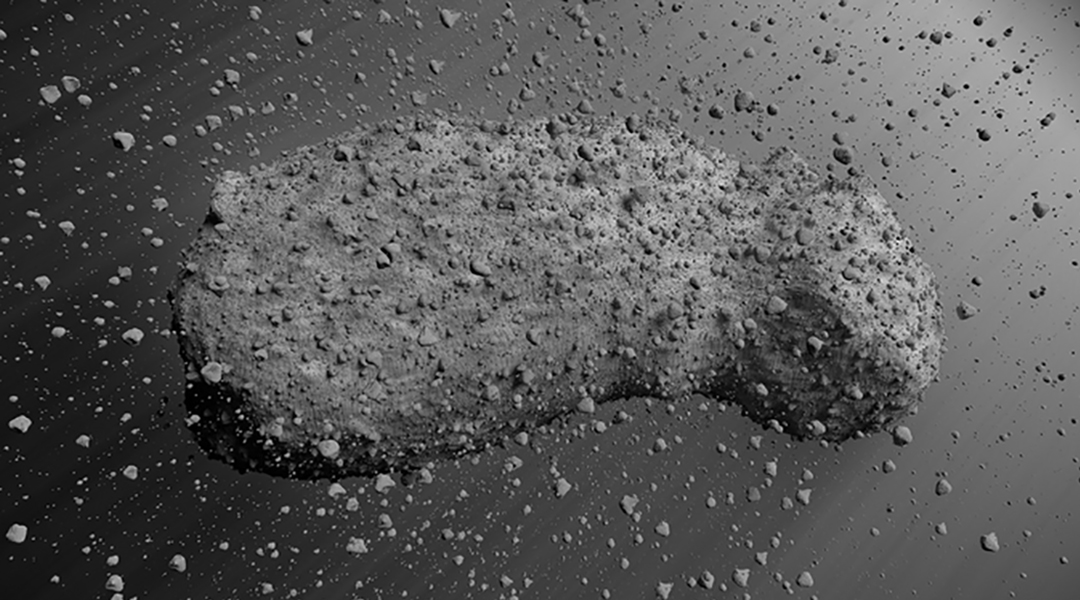

Analysis of dust particles collected from the surface of the 500-meter-long asteroid has implications for planetary defense.
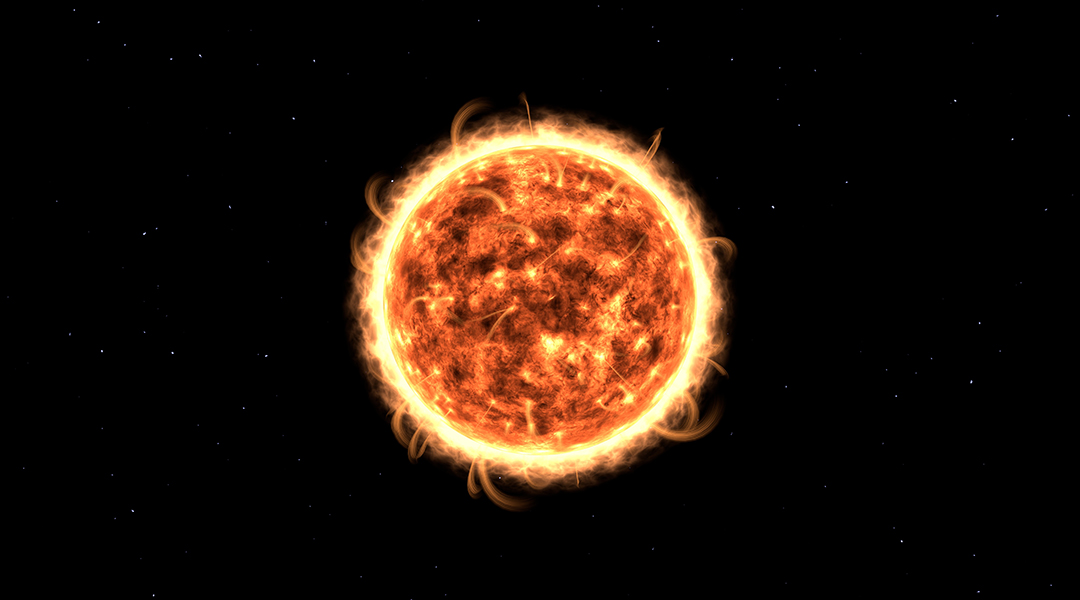
Sending atomic and nuclear clocks into the inner reaches of our solar system could help scientists find proof of elusive dark matter.
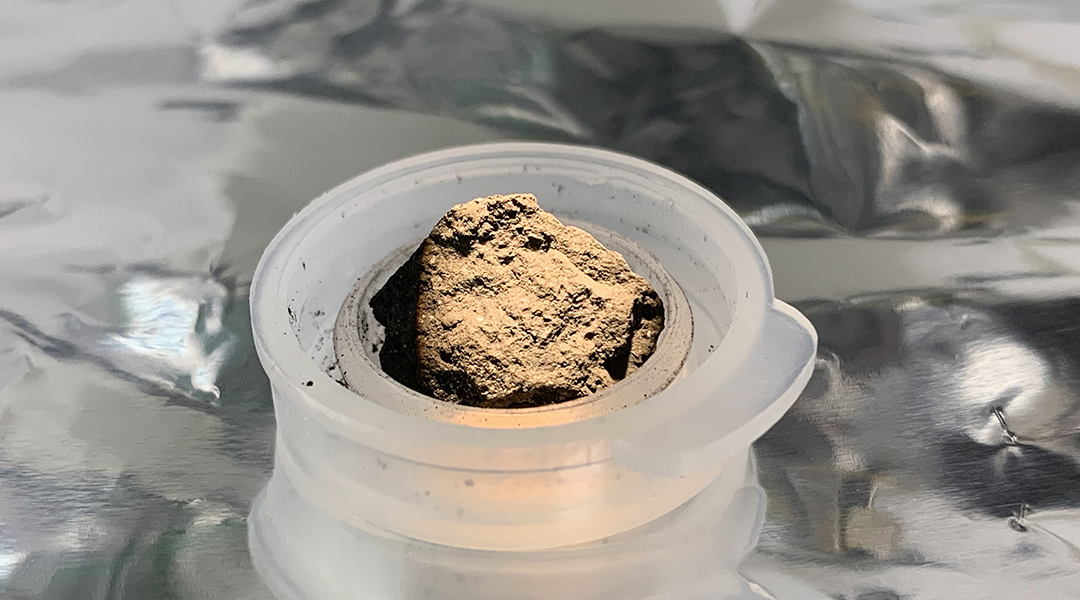
A meteorite that lit up the sky of Gloucestershire contains amino acids, the building blocks of life.
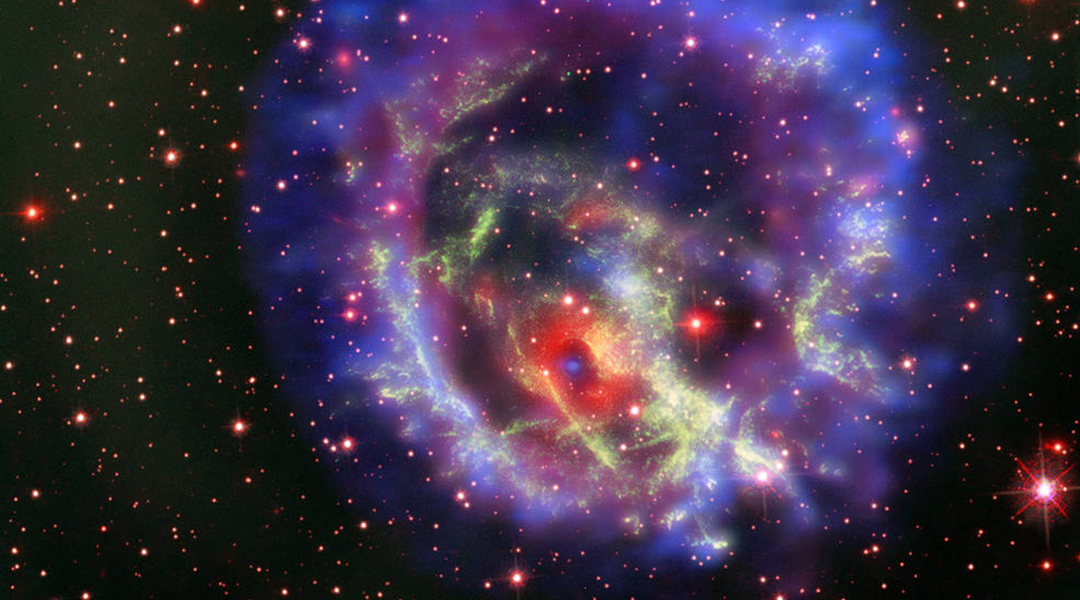
Comparing algorithms used to model spinning neutron stars, scientists hope to better understand the physics of the elementary particles that make them up.
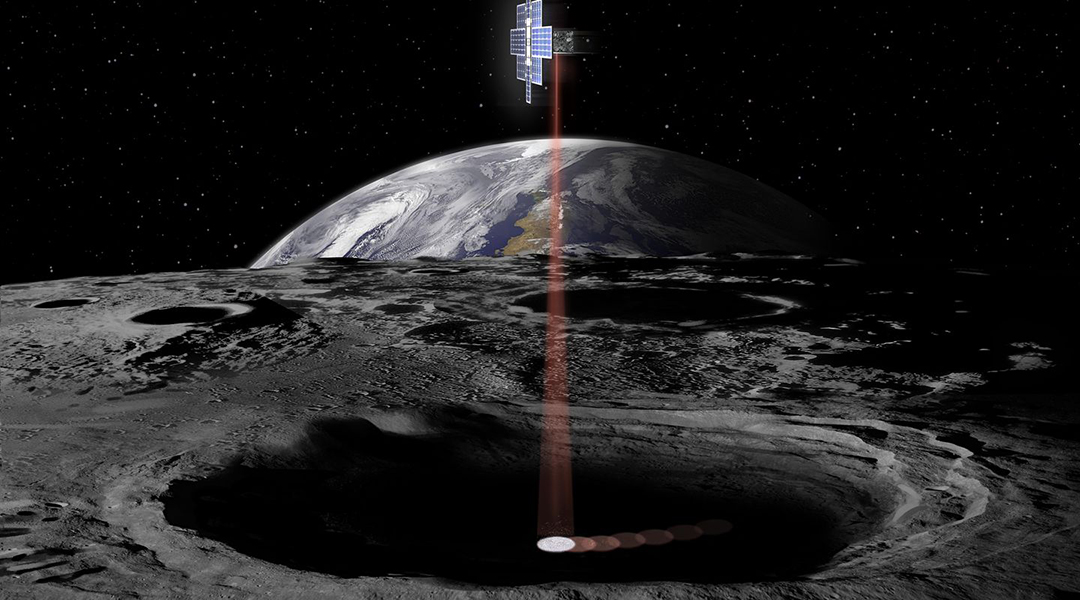
Three of the briefcase-size satellite’s thrusters are underperforming, jeopardizing its journey to the Moon.
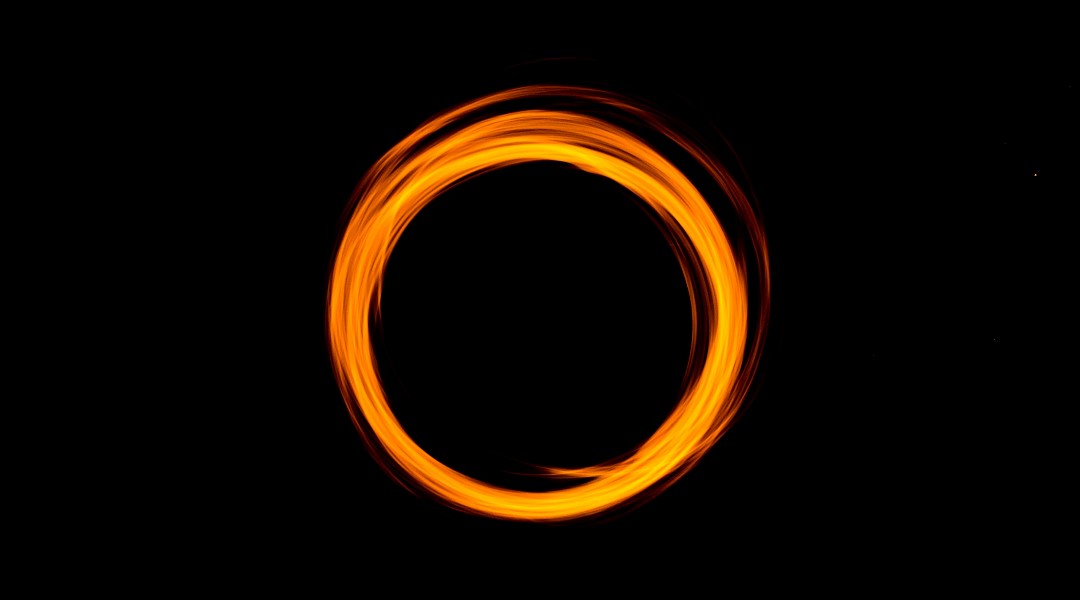
Is it time to start looking for alternatives to WIMPs?
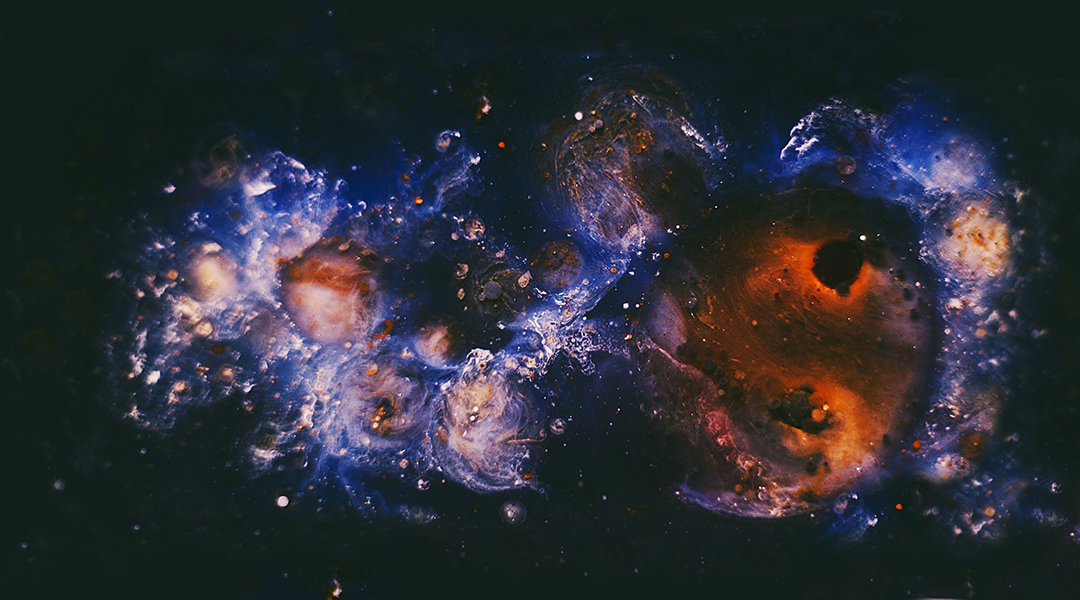
A modification to the theory of general relativity makes it consistent with observable astronomical data without the need for dark energy.

Merging pairs of black holes are thought to have originated from binary stars, but new observations indicate this might not always be true.
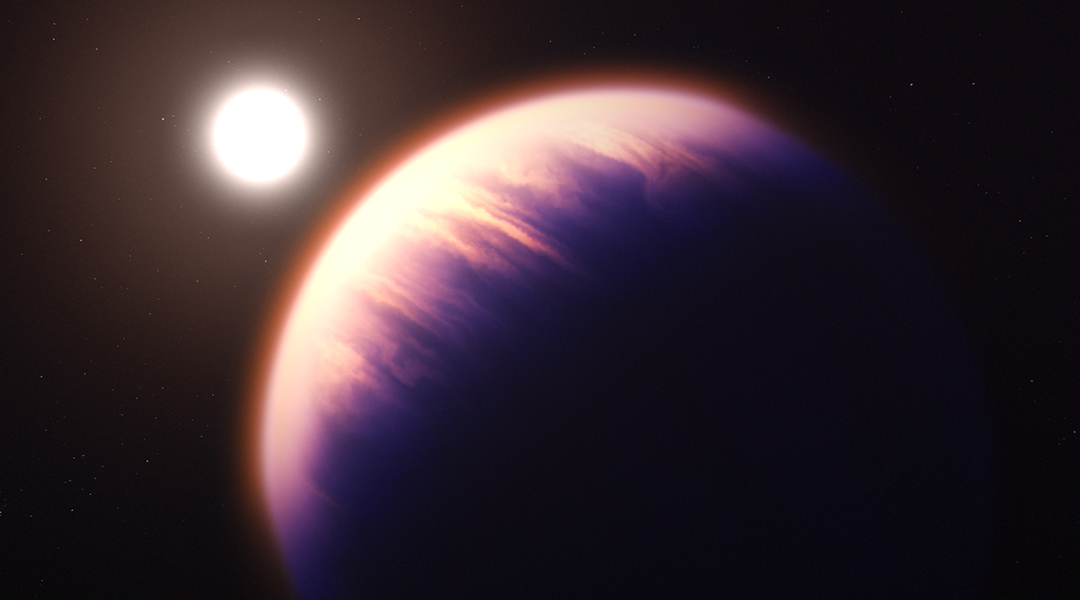
New observations of WASP-39b with the JWST has provided the clearest, most detailed picture of an exoplanet to date.
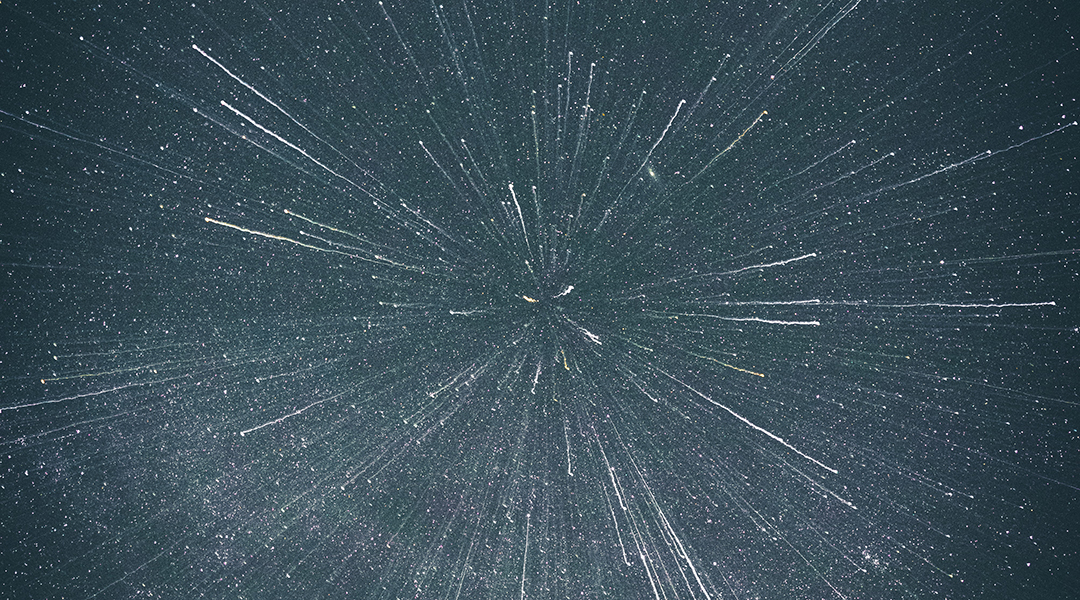
Using the motion of sound waves through a superfluid liquid, scientists can model the Universe’s evolution on a reasonable time scale.